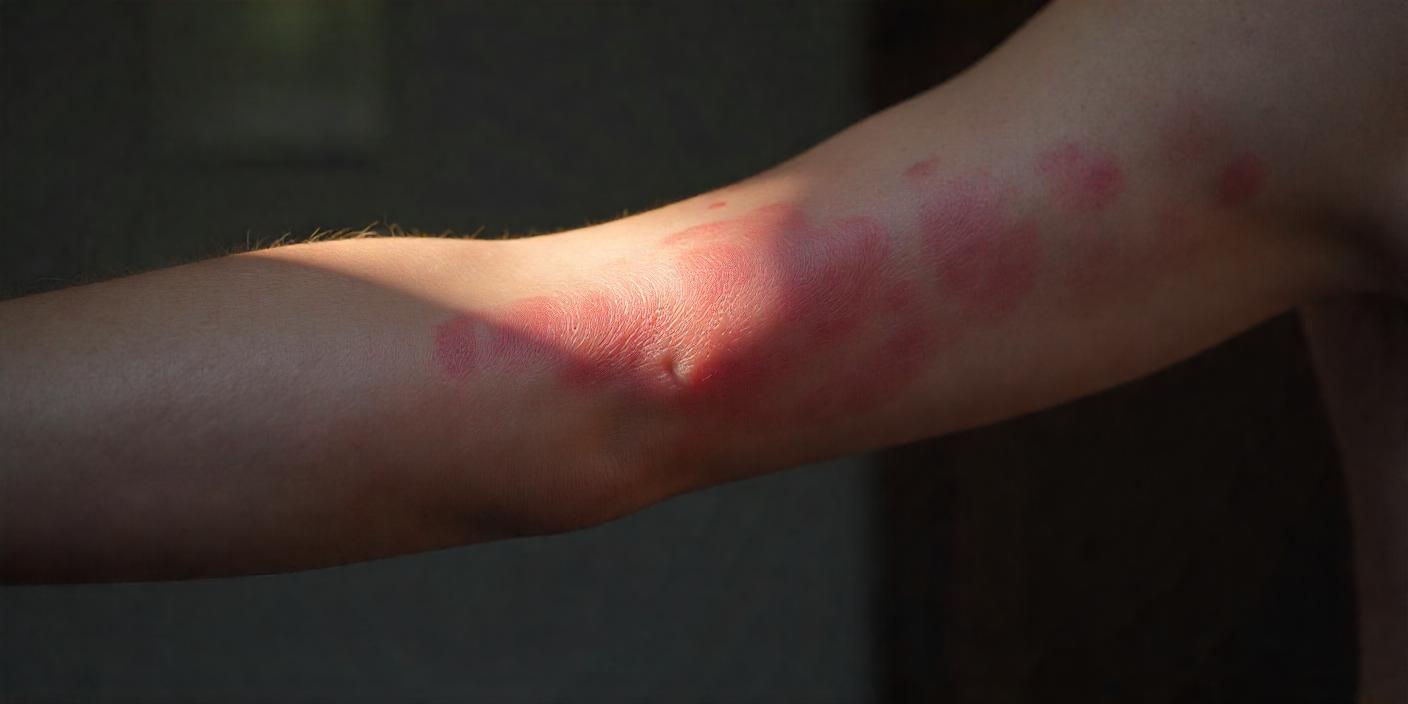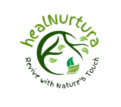
What are the top 10 Skin Diseases?
Our skin does a lot for us. It protects us from the sun, keeps germs from getting inside, and helps us regulate our body temperature. However, like any other body part, it can have problems. And when it does, occasionally it shows in rashes, redness, bumps, or patches. Whether or not you’ve always wondered what the most common and serious skin diseases are, this guide to skin disease types is for you.
We’re not just cyberchondriacs; we’ll take you through the symptoms, stages, what causes them, and if they’re contagious. So grab that coffee and let’s get started, diving into the amazing (and sometimes confusing) world of skin health.
1. Eczema (Atopic Dermatitis)
That’s what this patient had. That might be eczema. It is one of the most common skin conditions, particularly in children.
Symptoms and Stages: Begins with dry, itchy skin (mild). May progress to blisters or red patches (moderate). If it is long-term, the skin becomes thick and leathery (chronic). It isn’t contagious, so you do not need to worry about getting it from somebody else. Eczema is a type of non-contagious skin condition that is commonly associated with allergies or even autoimmune skin disorders.
2. Psoriasis
Psoriasis is stubborn. It’s a long-lasting skin condition that causes your skin cells to grow much faster than normal, which creates red, scaly patches.
Stages:Early: Tiny red dots
Mid: Scaly deposits and redness
Severe: Cracks, bleeding, and joint pains at times
Like eczema, it’s not infectious, but it’s considered one of the autoimmune skin disorders. It’s lifelong but manageable.
3. If you believe that acne is just a teenage problem, think again. One of the top 10 concerns for adult skin disease is children.
Symptoms:
Blackheads and Whiteheads Noninflamed: Noninflamed.
Moderate: Pimples and redness
Cyst pain Severe: Cysts that are a real pain in the ass (literally)
It is not contagious, but it does involve bacteria, so it is related to bacterial skin infections. Stress, hormones, and skin care habits all play into this 4. Rosacea is just where rosacea likes to appear on your face. Its calling cards are red cheeks, visible blood vessels, and sometimes acne-like bumps.
Stages: Blushing that lingers
Redness spreads and is not reversible
The next morning, swelling and breakouts can appear.”
You don’t catch it from someone else, so it falls under non-infectious skin conditions. The triggers are spicy food, alcohol, and sun exposure
5. Ringworm (Tinea)
Despite the name, worms are not in the mix. This is a fungal infection that is super contagious.
Symptoms:
Starts as a small red bump
Flushing to form a ring with clean-looking skin in the centre
Itchy, flaky skin that can spread quickly
This one’s part of fungal skin infections and is one of the more ruthless infectious skin diseases. It’s transmitted via towels, the floor, and even pets.
6. Impetigo (school sores)
A fast-spreading bacterial skin infection that strikes mostly kids, impetigo causes no problems, even though scratching can intensify it.
Symptoms:
Sores that you can see outside the mouth or nose
They only explode and turn into a golden crust.”
It can itch, but is generally painless
It’s contagious and can plague warm, moist climates. Good hygiene and prompt treatment go a long way.
7. Herpes Simplex (Cold Sores)
This one is due to a virus, and it is so common that it is thought that more than half of adults have it.
Stages:
Tingling or burning starts
Blisters pop up
They burst and scab over
It’s a contagious skin condition, being transmitted from person to person via kissing, sharing of straws or skin-to-skin contact. It is lifelong, but it can be managed.
8. Vitiligo
Vitiligo isn’t dangerous, but it does interfere with pigmentation, and it can be emotionally difficult.
Symptoms of Vitiligo:
It’s widely spread, Dappled, loss of pigment in the skin
Patches may remain the same or enlarge
Sometimes hair and eyes also become colourless
It is a non-contagious skin condition and is one of the common autoimmune skin conditions. There’s no cure, but treatments can help restore pigment.
9. Warts
Warts are weird, right? They materialise and (occasionally) evaporate on their own. The human papillomavirus (HPV) is a viral skin infection.
Symptoms:
Grainy skin bumps, usually on hands or feet
May be flat-topped, raised, or in clusters
Might itch or feel rough
Contagious. You can contract them from public surfaces such as showers or gyms.
10. Contact Dermatitis
Make contact with something your skin doesn’t agree with? Boom—contact dermatitis. It’s an itchy, red rash, and it’s one of the most common skin conditions.
Stages:
First exposure: light scratching
Reaction: red, swollen, and sometimes blistered
Healing: skin that peels or flakes
It is non-infectious unless you make it so by scratching and introducing bacteria. Monitor what irritates your skin — soaps, metals, plants, etc. Diagnosis and Prevention of Skin Disease at an Early Stage
Diagnosis and Prevention of Skin Disease at an Early Stage. Catching the top 10 types of skin disease early makes a big difference.
Symptoms:
Itching that won’t stop
Sudden rashes or redness
Blisters or sores
Skin discoloration
Flaky or scaly skin
These symptoms of skin disease can have multiple causes, some of which aren’t so easily dismissed (like eczema, psoriasis, and keratosis pilaris). Don’t ignore your skin.
Why Are Some Skin Diseases Contagious?
Here’s a quick cheat sheet:
Contagious skin conditions: Spread from person to person. Think herpes, impetigo, ringworm, and warts.
Non-infectious skin diseases: These have internal causes coming from autoimmune and allergic conditions. Examples: psoriasis, eczema, rosacea.
Fungal infections of the skin: Spread by direct contact or by contact with contaminated articles. Ringworm is a big one here.
Bacterial skin infections: Commonly from cuts or areas of broken skin. Impetigo is the poster child.
Viral skin diseases: They are provoked by viruses such as herpes or HPV. Usually contagious.
Treatment and Management of Skin Problems
Regardless of the type, here is how the majority of the top 10 skin disease cases are managed:
Topical creams: Frontline defence for many.
Medicines taken by mouth: For severe or widespread infection.
Habit and lifestyle changes Help avoid triggers and allergens.
Professional help: “A dermatologist can provide laser therapy and UV therapy.
Conclusion
Our skin is a history, occasionally lovely, sometimes painful, and always a list of facts. Whether you’re one of the many people who have one of the top 10 skin diseases or are just curious, knowing the difference between infectious skin diseases and non-infectious skin problems could be key. And keep in mind that while some of these, like fungal skin infections or viral skin infections, are contagious, many others, such as autoimmune skin conditions, are just your own body getting a bit confused. Take care of your skin and get help when you need it. It’s your frontline defender, so here’s how you can give as good as you get.
FAQs
1. Are all skin diseases communicable?
Nope. Many are not. Non-infectious skin diseases: Such as Psoriasis, Eczema
2. Do skin problems occur from the stress?
Absolutely. Even anxiety and stress can make skin conditions such as acne and eczema worse.
3. How best to prevent fungal infections?
• After leaving the water, dry off, don’t use towels that others have used, and wear flip-flops in public showers.
4. How can I tell what a rash is?
If it’s spreading rapidly or if a blister is forming — or if you have a fever— call your doctor.
5. Do Autoimmune Skin Conditions Get Better?
“Treatable, not always curable.” Treatments can reduce symptoms and flare-ups.
